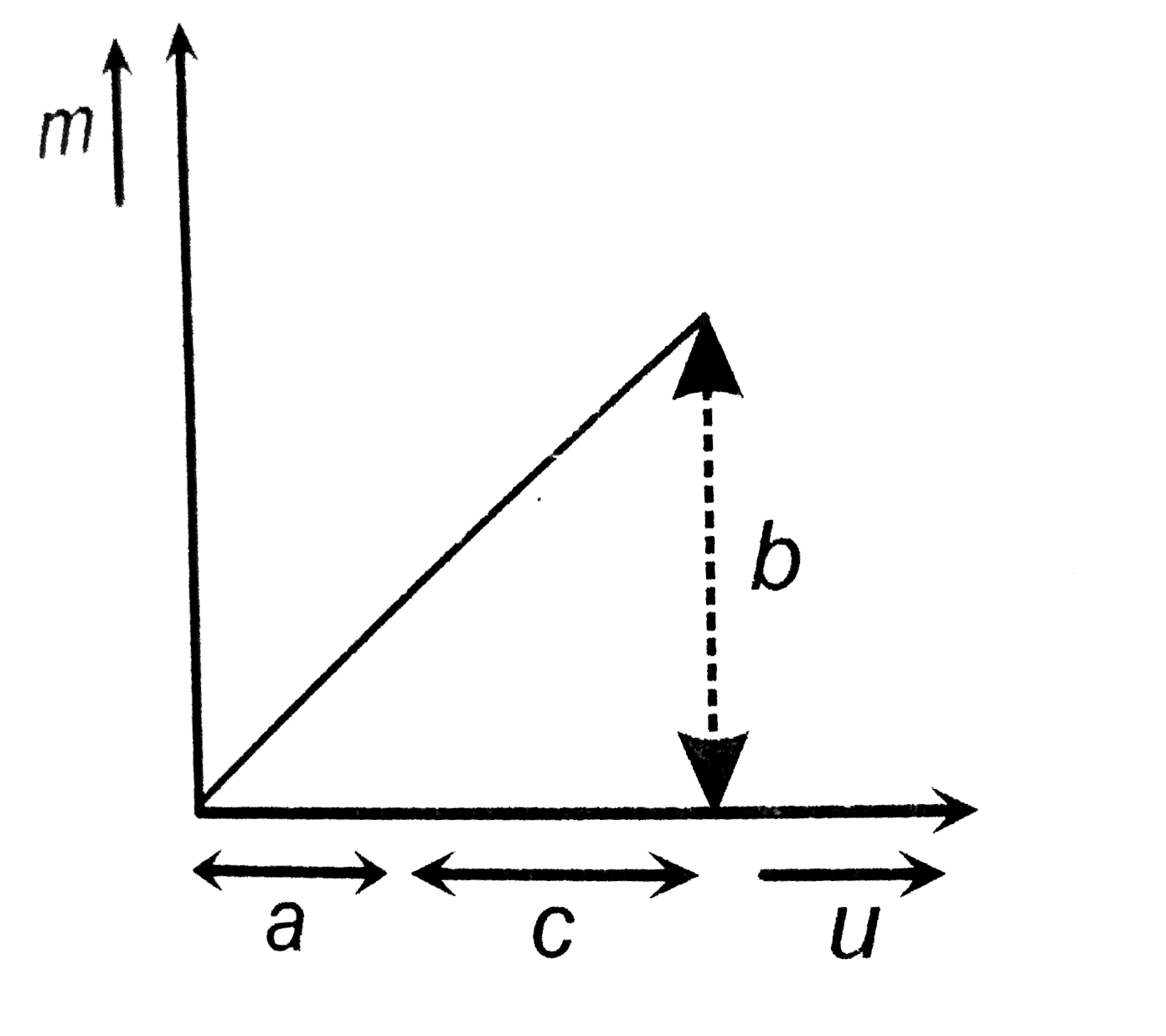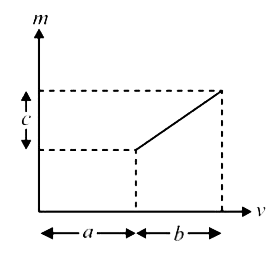The graph between the lateral magnification (m) produced by a lens and the distance of the image (v) is given by
A

B

C

D

Video Solution
Text Solution
The correct Answer is:C

1v−1u=1f⇒vv−vu=vf
vu=1−vf⇒m=−vf+1
y=−1fx1, comparing with y=Mx+C
Slope ≡−1f,C=+1
|
Topper's Solved these Questions
- REFRACTION AT SPHERICAL SURFACESBOOK - CP SINGHCHAPTER - REFRACTION AT SPHERICAL SURFACESEXERCISE - EXERCISES
105 Videos
- REFLECTION OF LIGHTBOOK - CP SINGHCHAPTER - REFLECTION OF LIGHTEXERCISE - EXERCISES
67 Videos
- REFRACTION OF LIGHT BY PLANE SURFACESBOOK - CP SINGHCHAPTER - REFRACTION OF LIGHT BY PLANE SURFACESEXERCISE - Exercises
110 Videos
Similar Questions
Knowledge Check

The graps shows the variation of magnification m produced by as convex lens with the image distance v. The focal length of the lens isAbcBcbCaDa,bcThe graph shows how the magnification m produced by a convex thin lens varies with image distance v. What was the focal length of the used ?
 AbcBbcaCbcaDcb
AbcBbcaCbcaDcbFigure, shows variation of magnification m (produced by a thin convex lens) and distance v of image from pole of the lens. When of the following statements are correct?
 AFocal length of the lens is equal to intercept on v-axisBFocal length of the lens is equal to inverse of slope of the lineCMagnitude of intercept on m-axis is equal to unityDNone of the above
AFocal length of the lens is equal to intercept on v-axisBFocal length of the lens is equal to inverse of slope of the lineCMagnitude of intercept on m-axis is equal to unityDNone of the above
The graph shows how the magnification m produced by a thin lens varies with image distance v. What is the focal length of the lens used?

View SolutionWhat is linear magnification produced by a lens? How is it related to object distance and image distance?
View SolutionThe magnification produced by a spherical lens is +2.5. What is the:
a) nature of image?
b) nature of lens?
View SolutionThe magnification produced by a ................ lens is always positive.
View SolutionThe graph in Fig. shows how the inverse of magnification 1/m produced by a convex thin lens varies with object distance u. What was the focal length of the lens used ?
 .
.
View Solution